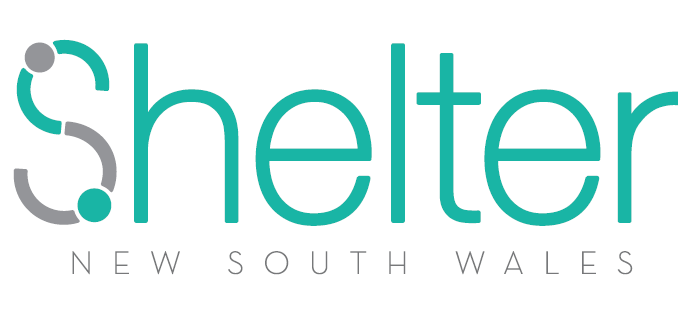Shelter NSW recently released new research, calling on the NSW Government to rethink its traditional approach to supplying social housing across the state – an approach that is holding back its key agency the Land and Housing Corporation (LAHC) and compromising the delivery of enough social housing to make a material difference to the housing crisis.
NSW Government commitments to grow the state’s stock of social housing are failing to deliver, with one expert[i] forecasting a prospective net gain in social housing dwellings of just 400 – 800 in NSW (2021/22 to 2023-24). Across NSW, the government is ‘renewing’ many long-term public housing estates from Wagga Wagga to Waterloo, and soon at Coffs Harbour. LAHC’s traditional approach is to sell that public land in exchange for the private developer typically providing just 30% of the final dwellings as social housing.
A good deal for the people of NSW? Many say yes. We say, surely can we do better.
In NSW, investment in public or social housing is seen as a cost. Yet many in the private sector treat housing as a long-term investment. Why can’t government?
Shelter NSW is pleased to release a paper written by Dr Cameron K. Murray and Professor Peter Phibbs: Reimagining the economics of public housing at Waterloo.
The report examines the economic and financial designs of the Waterloo South project, as a case study and public housing estate renewal generally, and proposes quite different ways to create more social housing and maximise the public return.

Shelter NSW commissioned this research in the hope that it would indeed prompt a significant and fast review of what has become an orthodoxy in NSW.
As our CEO John Engeler recently said,
“We implore the NSW Government to completely reimagine the business model that is currently tying the hands of its lead agencies in delivering social and affordable housing. We encourage the NSW Government and its departments, including Treasury to read this paper with an open mind.”
We thank Dr Murray and Professor Phibbs for this ground-breaking research and note that just this week we have used it to bolster our advocacy concerning the proposed renewal of the long-standing Argyll Estate in Coffs Harbour.
More information on this research:
- Shelter NSW and this research were the subject of a very recent article written by Rick Morton, Senior Reporter for The Saturday Paper (5 March 2022): (paywall) Exclusive: leaked documents show public housing plan halved. Byline Shelter NSW says the current approach to selling off land is “cannibalising” the housing stock. “NSW needs 5,000 additional dwellings per year for a decade just to catch up”.
- On the Coffs Harbour Argyll Estate rezoning proposal please read our submission here.
This research will also be the focus of our first members’ meeting for 2022. Dr Murray and Professor Phibbs will present the research and give members the opportunity to respond and ask questions.
When: Thursday, March 24th, from 4:30-5:30pm
Where: virtual, via Zoom
Tickets: Register here
If you are not yet a member but are interested in becoming one and attending this meeting, please apply here and then register to attend via the link above.
[i] Pawson, H., Martin, C., Thompson, S., Aminpour, F. (2021) ‘COVID-19: Rental housing and homelessness policy impacts’ ACOSS/UNSW Poverty and Inequality Partnership Report No. 12, Sydney at p 105 Table 6.3 Link to report
